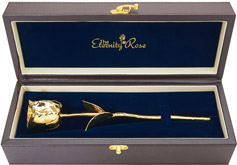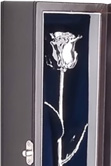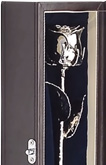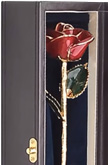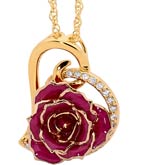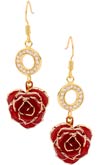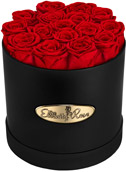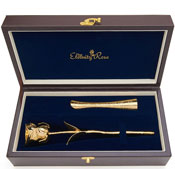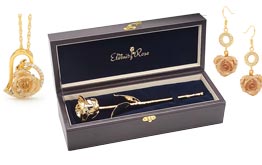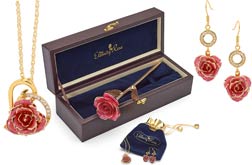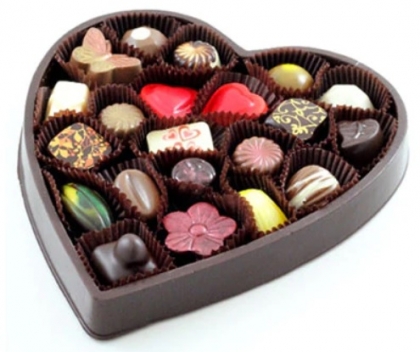How Chocolate Became a Popular Valentine’s Day Gift
Valentine's Day, a celebration of love and affection, is marked by the exchange of cards, flowers, and notably, chocolates. But how did chocolate become such a central symbol of romance and affection on this day? This blog post delves into the history of chocolate as a Valentine's Day gift, exploring its cultural and historical significance.
The Early Beginnings of Valentine's Day
Valentine's Day has its roots in ancient Rome, with the festival of Lupercalia, celebrated in mid-February. However, it was not associated with romance until the Middle Ages. By the 18th century, it had evolved into an occasion where couples expressed their love through flowers, confectionery, and romantic words in greeting cards (known as "valentines").
The Introduction of Chocolate in Europe
The journey of chocolate as a symbol of love and luxury began with its introduction to Europe in the 16th century. Brought from the New World by Spanish explorers, chocolate initially was a beverage enjoyed by the elite. It was believed to have nourishing, medicinal, and even aphrodisiac properties, which naturally lent it a romantic aura.
The Marriage of Chocolate and Valentine's Day
The pivotal moment for chocolate and Valentine's Day came in the Victorian era. Richard Cadbury, of the Cadbury chocolate company, saw an opportunity in the growing popularity of Valentine's Day. In the 19th century, Cadbury had recently improved their chocolate-making technique to extract pure cocoa butter from whole beans, resulting in a more palatable drinking chocolate. This process left them with an excess of cocoa butter, which they used to produce 'eating chocolate.'
Richard Cadbury then had the brilliant idea of packaging these new chocolates in fancy boxes. He designed lavish boxes adorned with cupids and roses, which were perfect for a day devoted to love. These boxes were not just containers for the chocolates but became keepsakes in which to store love letters and mementos.
The Symbolism of Chocolate in Love
The symbolism of chocolate in romance and courtship is multifaceted. Chocolate's sensory properties – its aroma, taste, and texture – are intrinsically pleasurable. The act of sharing something so delightful can be a form of intimacy, strengthening bonds between people. Moreover, chocolate contains phenylethylamine, a compound thought to induce feelings of excitement and happiness, similar to what one experiences when in love.
The Global Spread and Commercialisation
The tradition of giving chocolate on Valentine's Day spread from the UK to other parts of Europe and eventually to the United States. In the early 20th century, companies like Hershey's and Russell Stover began producing heart-shaped boxes of chocolates, further cementing the connection between chocolate and Valentine's Day. Today, it's a global phenomenon with millions of dollars spent annually on chocolate gifts.
The Evolution of Chocolate Gifting
Over the years, the gifting of chocolates has evolved. Initially, it was primarily men who gifted chocolates to women, but this trend has shifted. Now, it's common for individuals of all genders to exchange chocolates as a sign of affection, friendship, or gratitude. Moreover, the types of chocolates gifted have diversified, ranging from gourmet artisanal chocolates to personalised selections that cater to specific tastes and dietary needs.
The Ethical and Sustainable Chocolate Movement
In recent years, there has been a growing awareness of the ethical and environmental implications of chocolate production. Issues like fair trade and sustainable farming practices have become important considerations for consumers. This consciousness has given rise to a new trend in chocolate gifting – ethically sourced and sustainably produced chocolates, which add an additional layer of thoughtfulness to the gift.
Conclusion: The Enduring Connection
The tradition of giving chocolates on Valentine's Day is a testament to the enduring connection between love and this delightful confection. From its roots in ancient celebrations to its current status as a global symbol of affection, the journey of chocolate as a Valentine’s Day gift is rich and multifaceted. It transcends just the act of gifting; it's a celebration of love, a mark of luxury, and an expression of the finer pleasures in life.
As we celebrate Valentine's Day, indulging in the tradition of gifting chocolates, it's fascinating to reflect on how this simple confection has become so deeply entwined with expressions of love. Whether it's in a heart-shaped box or a bespoke collection of artisan truffles, chocolate continues to be a universal language of love, bringing people together in a shared experience of sweetness and joy.
This year, why not add a personalised touch to your Valentine’s Day gift this year by creating your very own DIY heart-shaped box, and fill it with your partner’s favourites!









